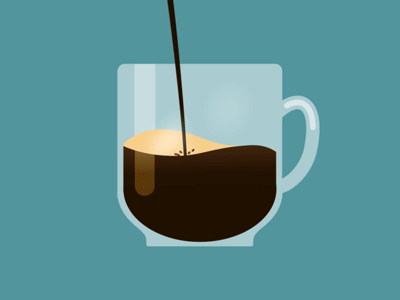 May 16
May 16 Podcast #635: Optimizing your wireless music system
 Lots of information and news this week to discuss including some changes in the OLED manufacturing landscape, a new way to share your online movie collection with Vudu and UltraViolet and the potential for pay-as-you-go Internet at home. We close out with a discussion on Wireless whole house music systems, which really becomes a wider discussion on wireless networks in general and how to optimize them for multimedia distribution.
Lots of information and news this week to discuss including some changes in the OLED manufacturing landscape, a new way to share your online movie collection with Vudu and UltraViolet and the potential for pay-as-you-go Internet at home. We close out with a discussion on Wireless whole house music systems, which really becomes a wider discussion on wireless networks in general and how to optimize them for multimedia distribution.
| Download this Episode. |
Listen to the show
Today's Show:
News:
- Are Ultra HD TV prices coming down fast enough?
- DISH Network to Launch Web-Based Streaming TV Service This Year
- Forecast: One-third of U.S. homes to have Ultra HD TV by 2020
- Netflix accounts for more than one-third of peak Internet usage
- Will Pioneer Sell Off Its AV Business?
Other:
- Are OLED TVs Taking Another Step Back?
- Vudu Launches ‘Share My Movies’ Program with UltraViolet
- Comcast exec says wired broadband customers should pay-as-they-go
- Epson home Cinema 8350
- Optoma EH500 for $1500
- What 'Mastered For iTunes' Really Means
- RAVPower FileHub Wireless SD Card Reader with Built-in Battery Pack
Amazon Prime:
Sign up for Amazon Prime and enjoy:
- Free Two Day Shipping!
- Instant Streaming of TV Shows and Movies
- Instant Access to thousands of Kindle Books
- The HT Guys gratitude!
Optimizing your wireless music system
Discussion comes from a guide published by Electronic House called Wireless Audio: Products, systems, tips and tricks for selecting the best wireless music system for your home. The full guide can be downloaded here.
Key discussion points:
-
The performance of wireless audio systems also hinges on the quality of the network, which means network activity, network interference and bandwidth issues can all impact reliability. If your music source is an online app coming from a smartphone, then what happens when the phone leaves the room or runs out of battery power? You’ll want to keep a phone charger handy.
-
This goes for IP-based home control systems, too. Without a properly performing network, the system will give you less than what you expected. As more of our home entertainment devices rely on network connections for their content, the more we need to pay attention to the networks that they run on.
-
Using Wi-Fi connections for entertainment products is convenient, but convenience can come at a price. “People are over-dependent on wireless,” says Phillips. “You can’t control the airspace around you, so you never know what’s going to interfere with your Wi-Fi. Someone can turn on a microwave or a baby monitor, or your neighbor could install a high-power access point that overpowers your area." So, use wired connections when at all possible.
-
When you start hooking up multiple Apple TVs, game consoles, wireless music devices and a home automation system, a low-performance router can easily get bogged down. Young compares the situation to driving a sports car on a lousy road. “If you drive your Ferrari on the Autobahn it’s going to perform great; but when you take it on I-70 your mileage may vary.”
-
5 Tips for Better WIRELESS NETWORKS (pages 8-9)
- Don’t ever set your home’s wireless access points (WAPs) to the same channel. Think of multiple WAPs residing on the same channel as being akin to multiple meetings going on in the same room. Splitting up the channels is like putting each meeting in its own room.
- Know the polarization of your antennae. the signal literally looks like a large doughnut radiating outward in a circle from the pole. If it’s laying flat, the signal is mostly going up and down and not side to side. If you’re trying to reach an area on the second‑floor, then this position can work. But if not, you’re wasting valuable signal.
- Don’t slap a WAP on the back of a TV or install it in a rack. Try your best to avoid anything that can cause RF interference, like having eight Sonos systems piled on top of each other or even something as simple as a wireless Blu-ray player.
- Don’t just use your laptop to test signal strength. At the very least, use your laptop as well as some handheld devices to monitor the difference. One of the best tests is to use an iPhone to connect. Apple handheld devices are notorious for having extremely poor signal strength.
- Don’t use your name as your SSID. This is like broadcasting to the world, “Hey this is my wireless network, now come and hack me!”
-
15 Great Wireless AUDIO PRODUCTS (pages 10-14)


Reader Comments